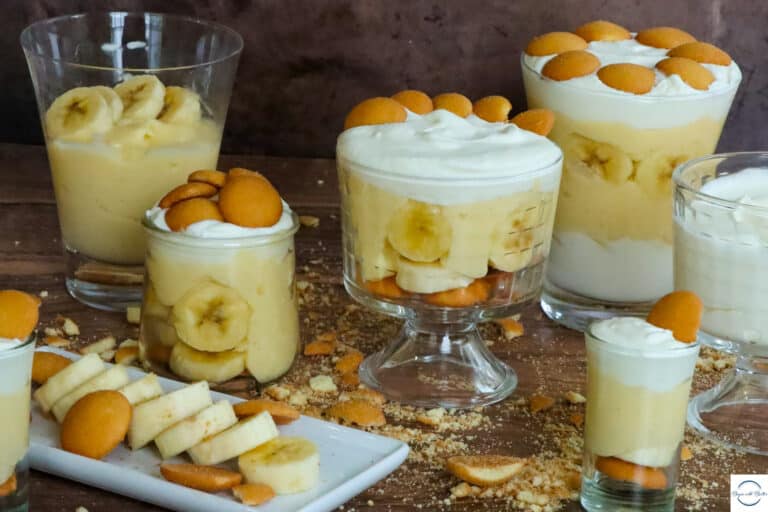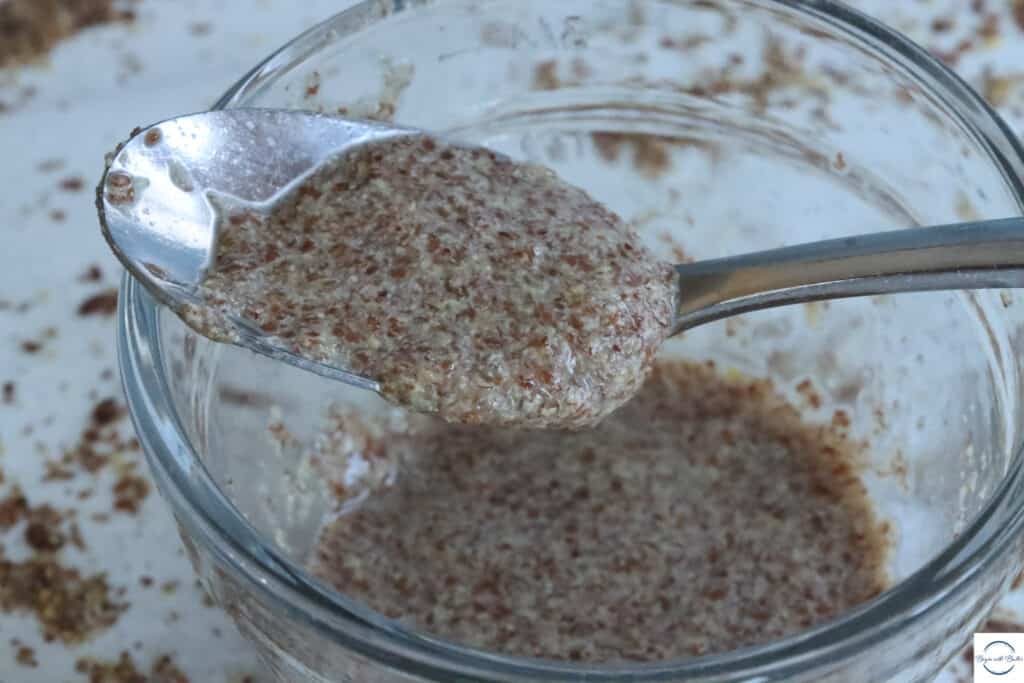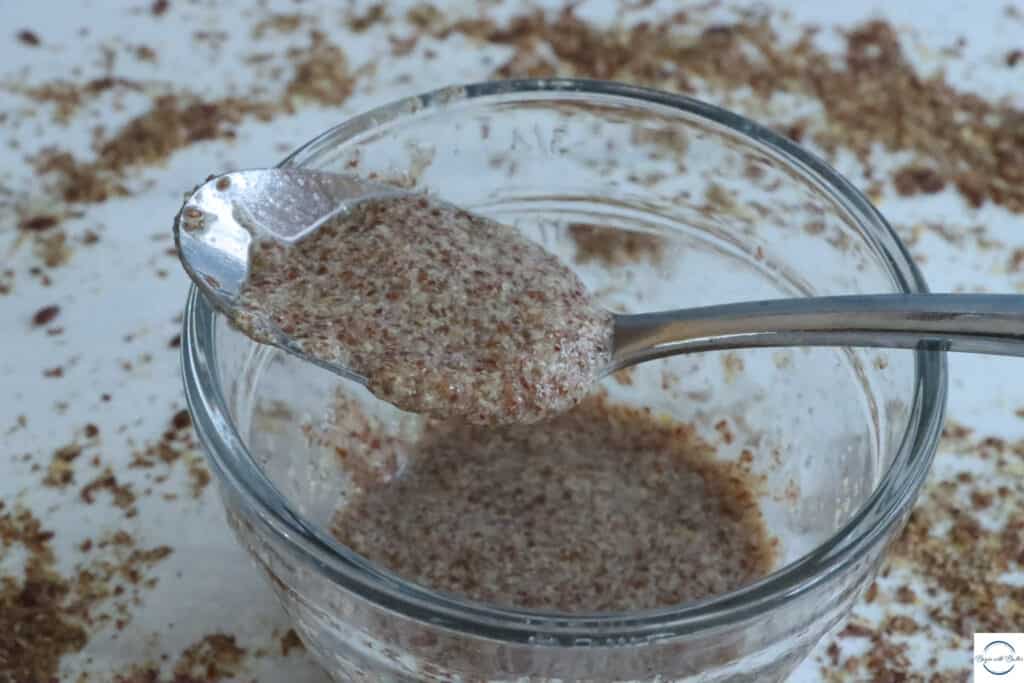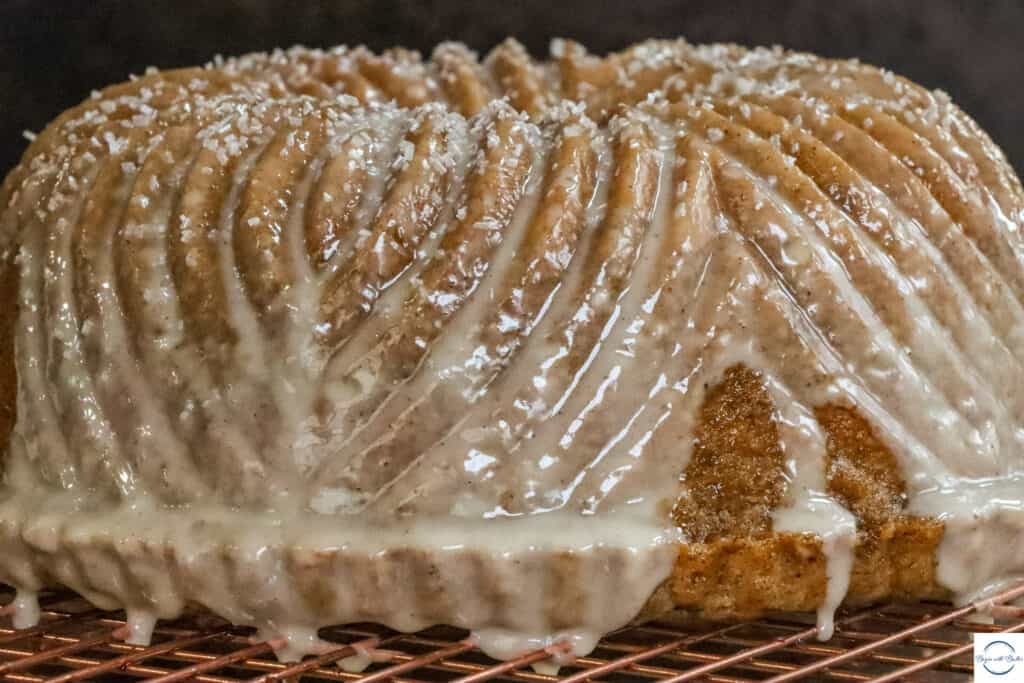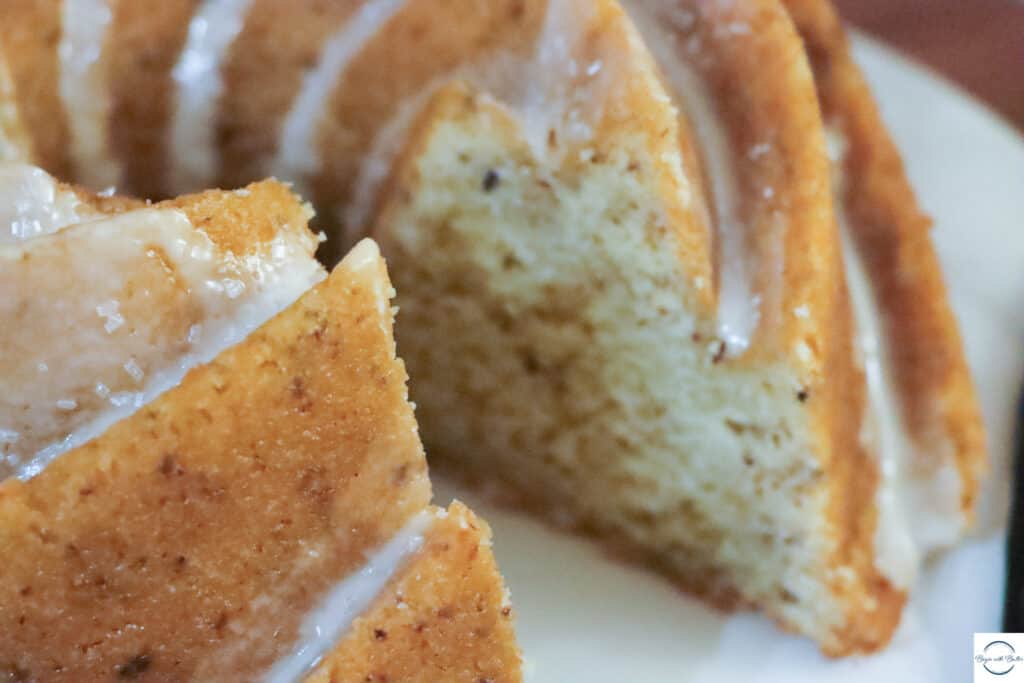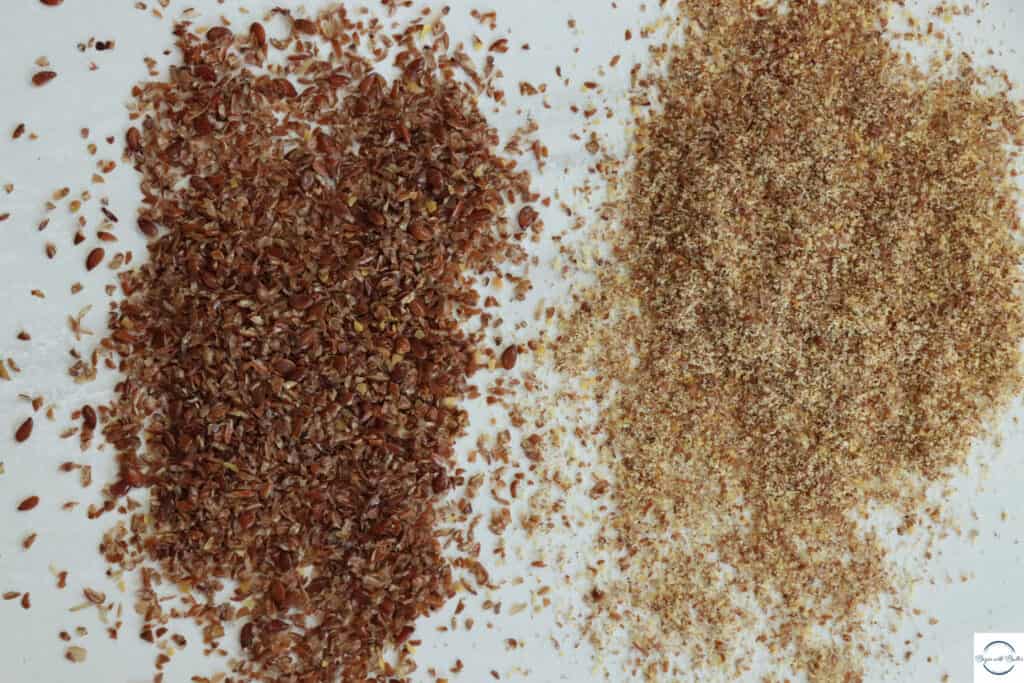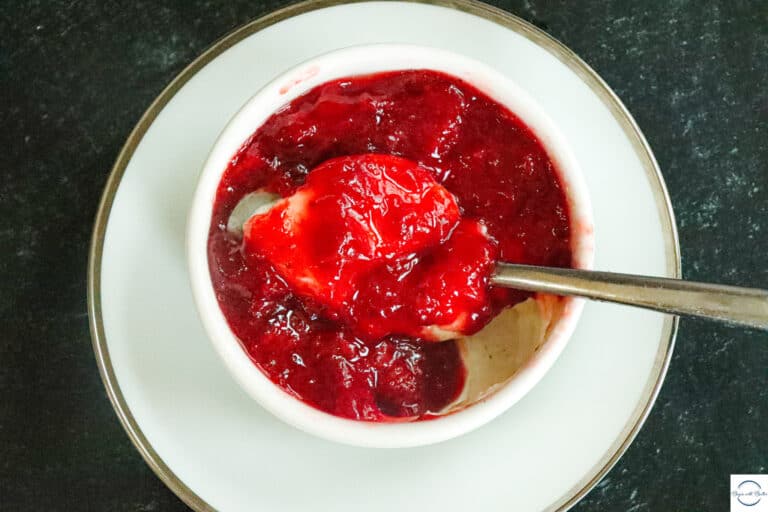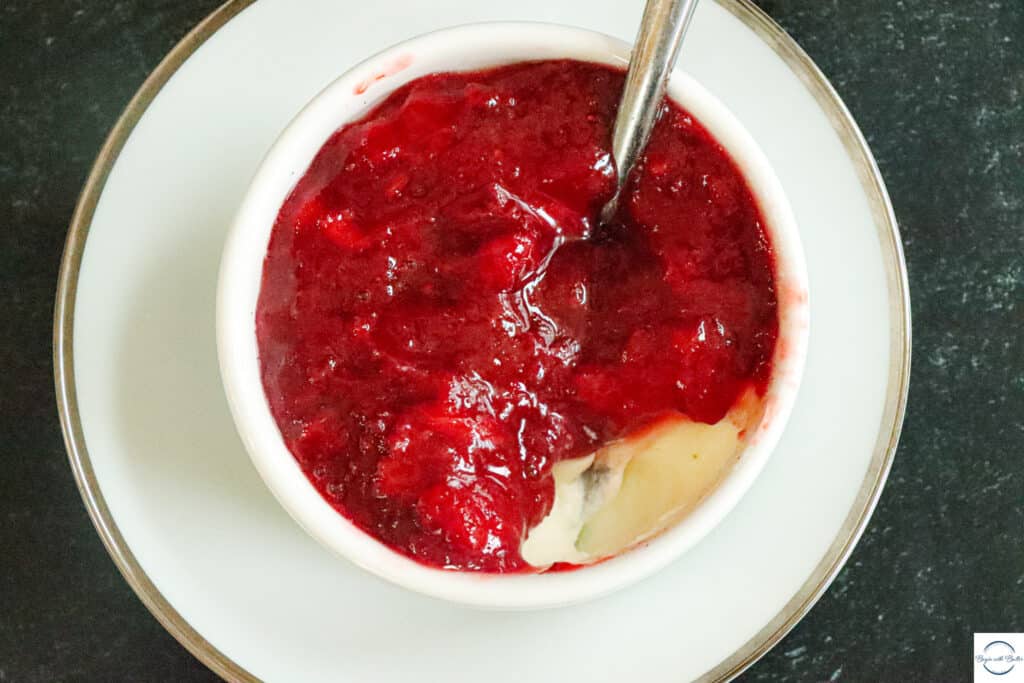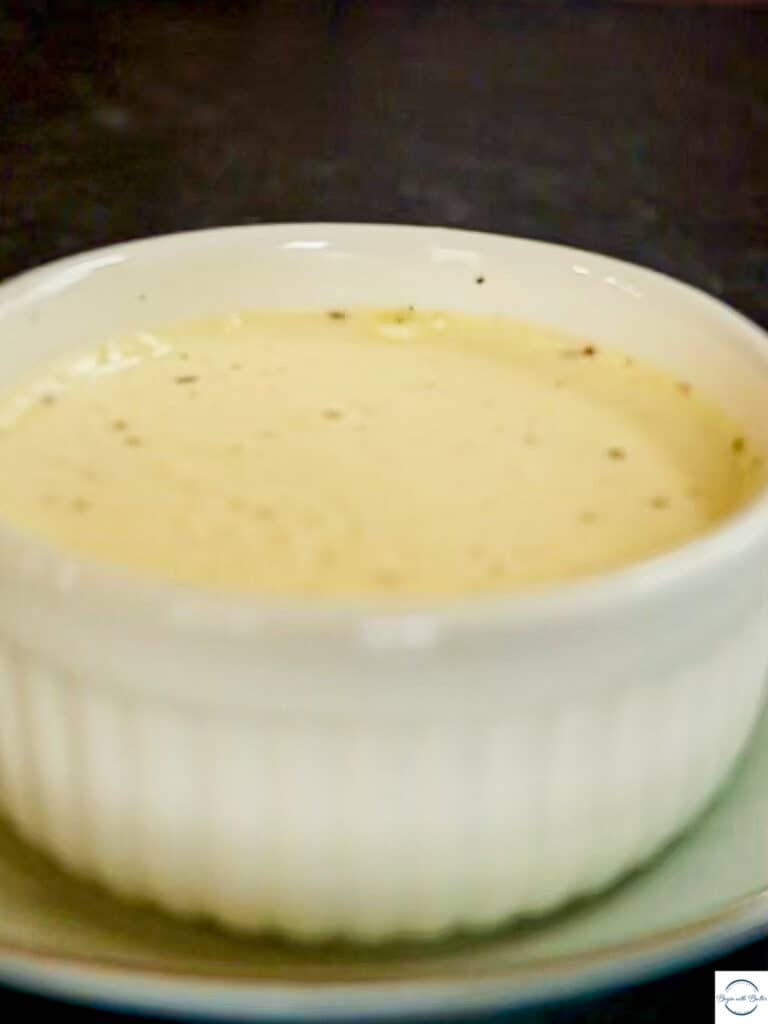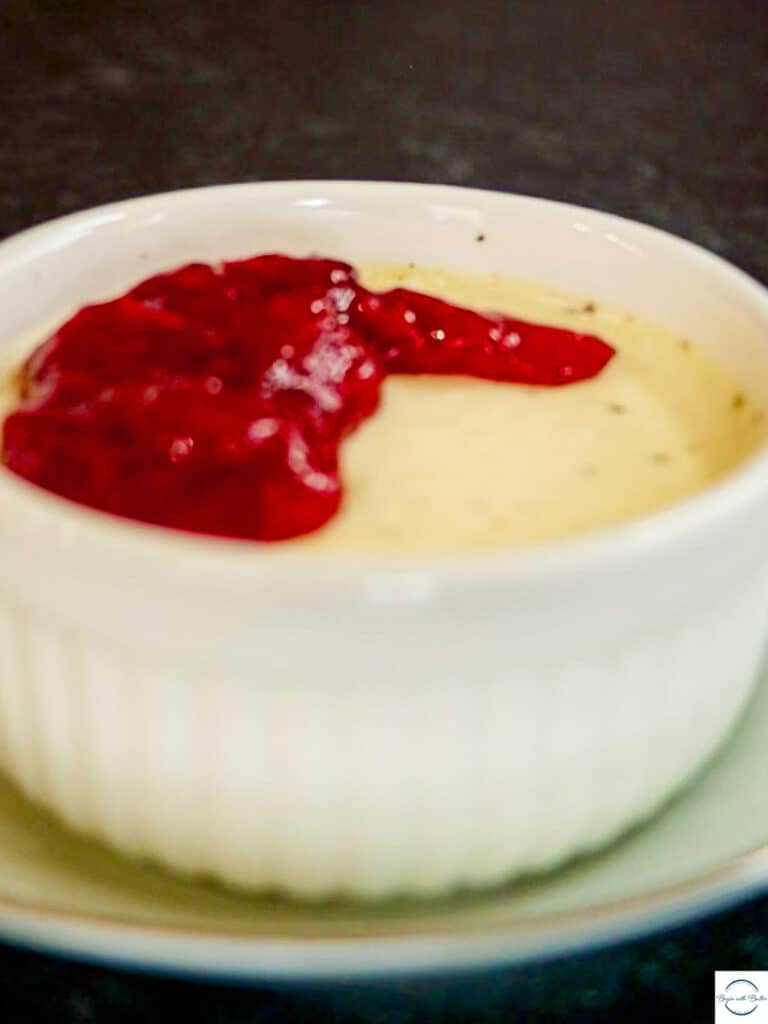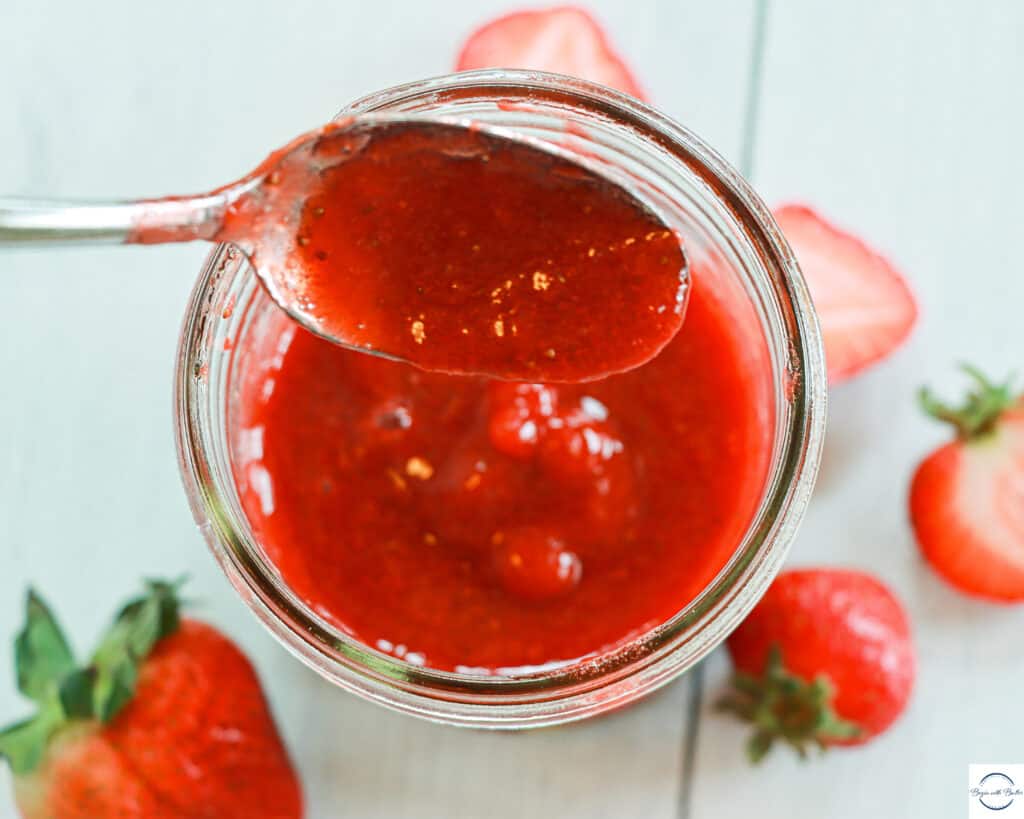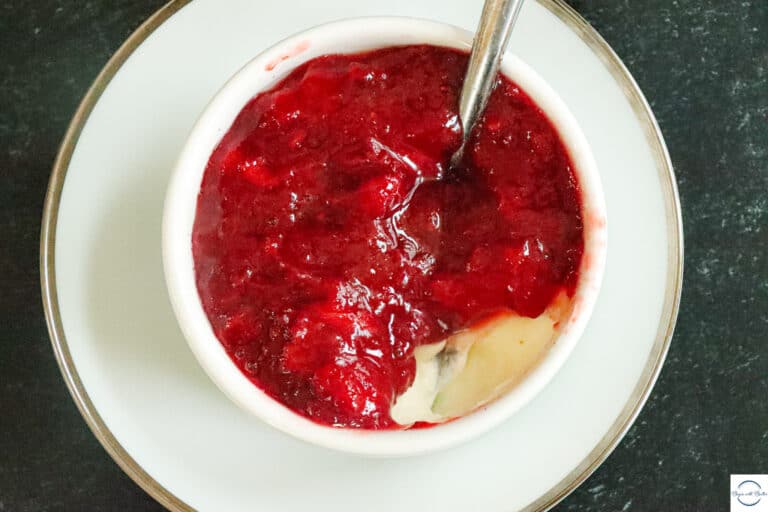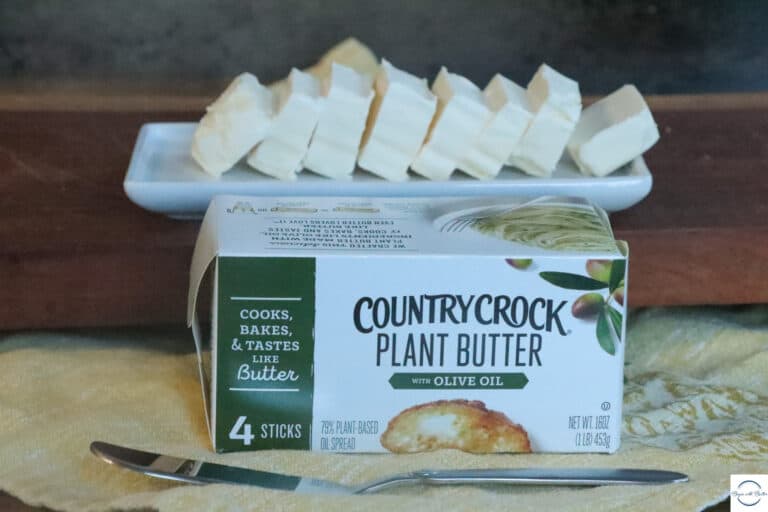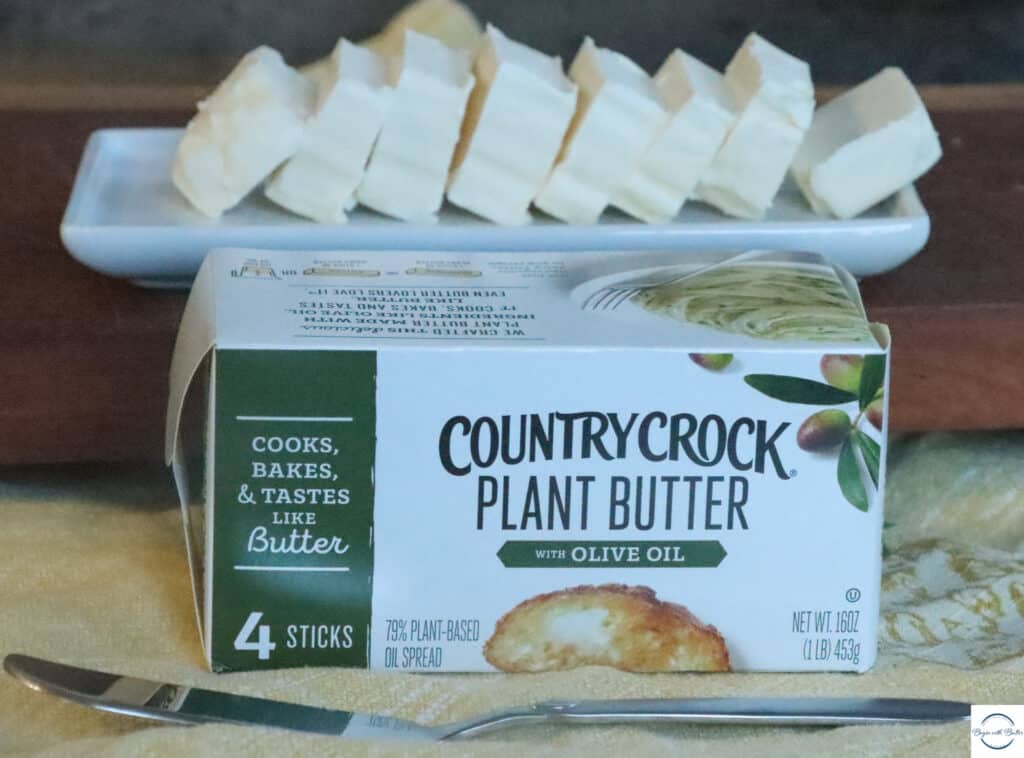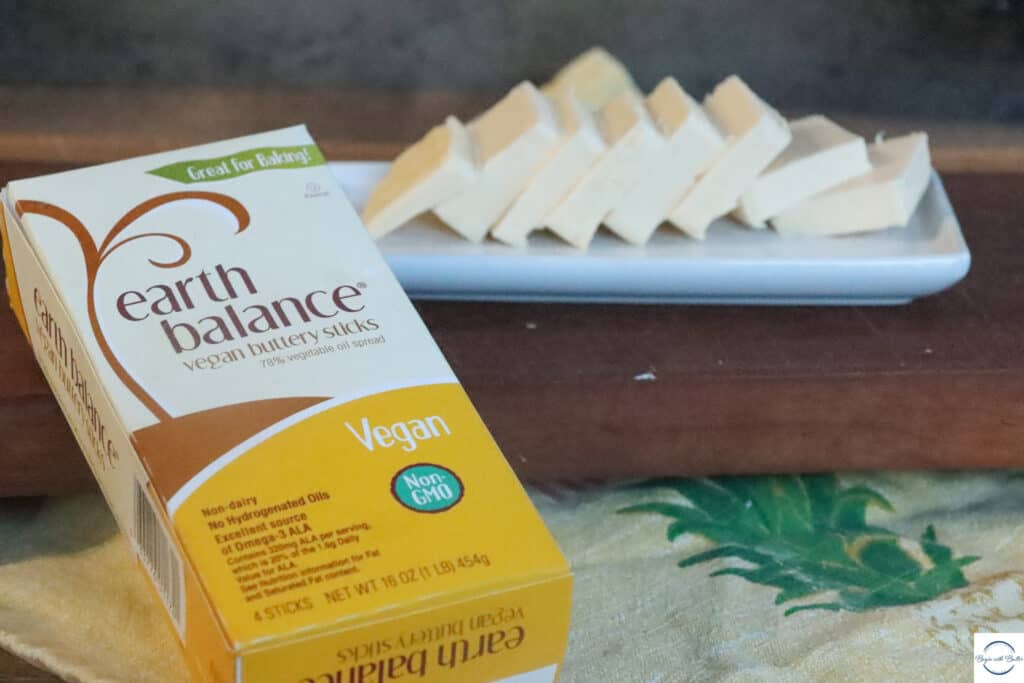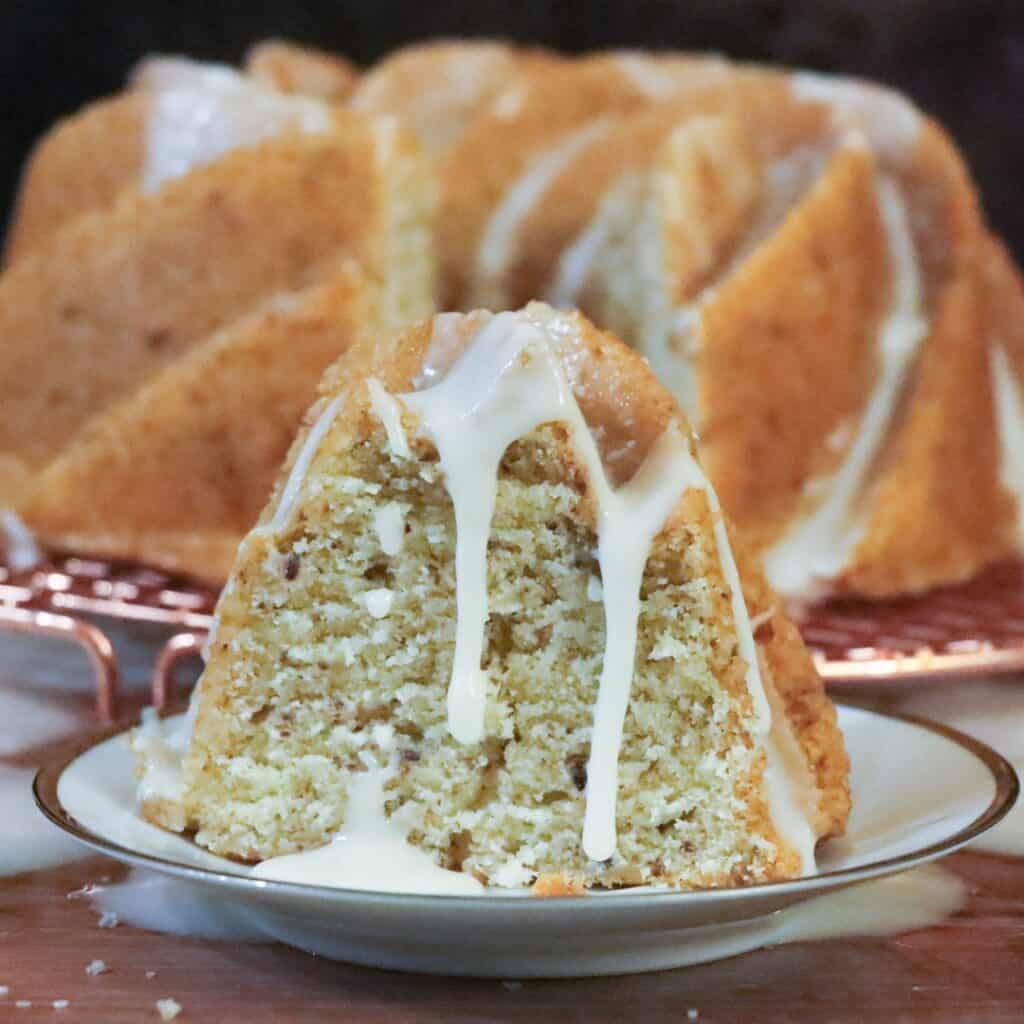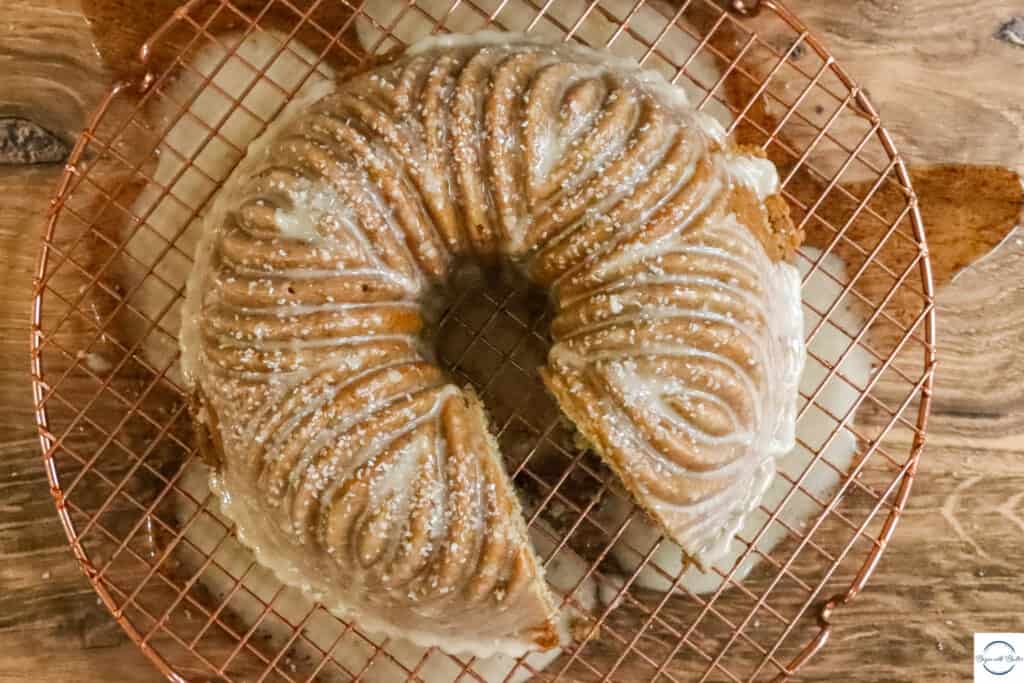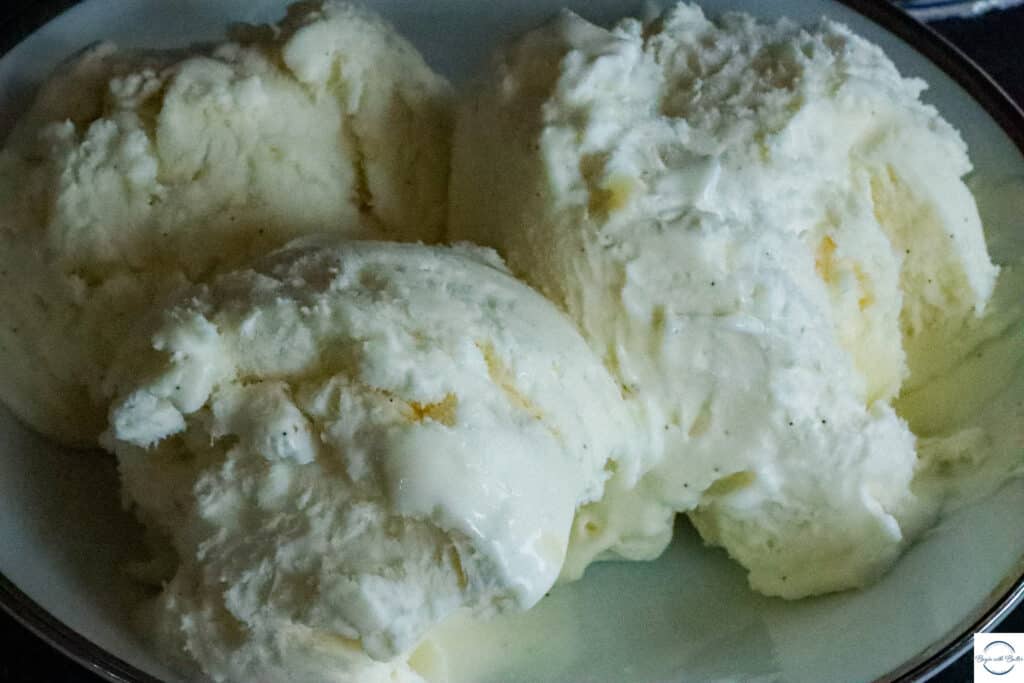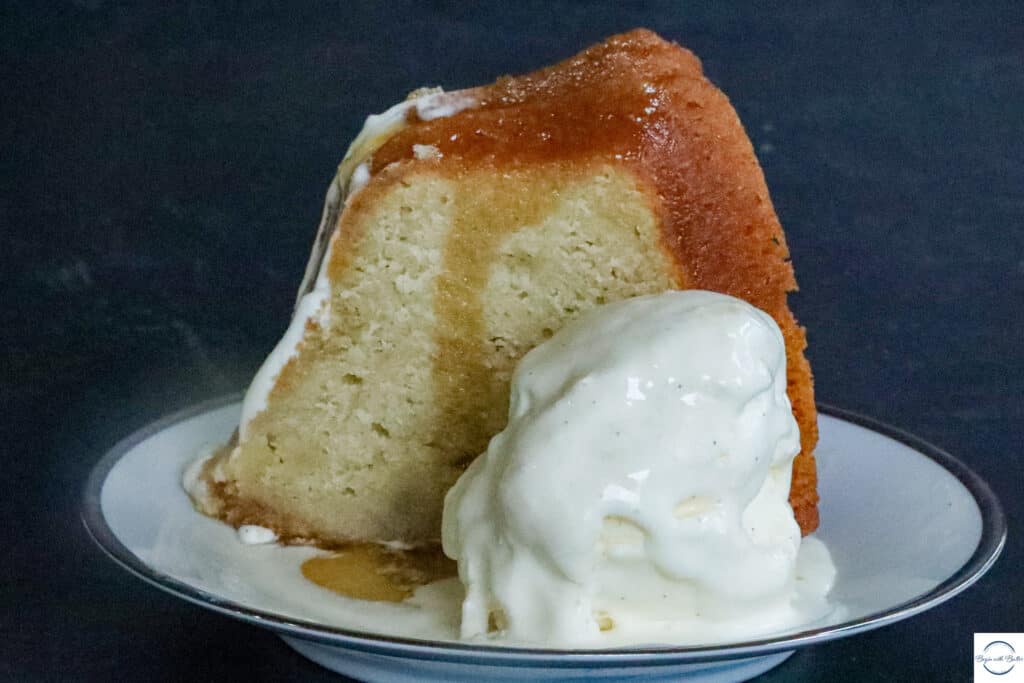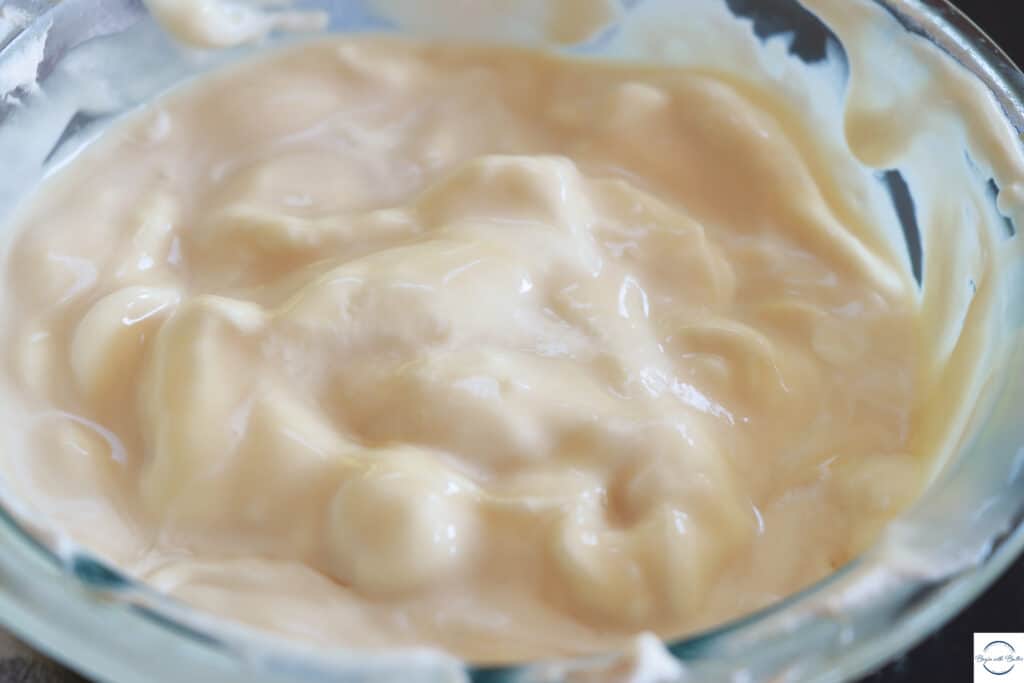When it comes to creating a special date night at home, there’s nothing quite like a sweet treat to set the mood for romance. This Easy Date Night Banana Pudding recipe is designed for just that, offering a blend of nostalgia and thoughtful preparation that’s certain to win hearts.

Easy to create and impossibly creamy in texture, this dessert is a sophisticated take on a classic that reflects both your culinary finesse and your affection for your significant other. If you’ve seen my Panna Cotta with Strawberry Sauce, you already know that my silky smooth custards and puddings are having a moment right now. 😊
The Art of Tempering and Texture
One secret to the divine texture of this dessert is the careful technique of tempering egg yolks. The process, usually reserved for custards, lends this Easy Date Night Banana Pudding a velvety smoothness that is luxurious to the last bite. By adding flour and just the right amount of sugar, the pudding’s consistency is perfected—no lumps, no guesswork, only perfection.
Personal Touches That Make a Difference in this Easy Date Night Banana Pudding
Individual servings of banana pudding add a touch of intimacy to your date night. As you layer semi-ripe bananas, rich pudding, banana liqueur-infused whipped cream, and the buttery crumble of mini Nilla wafers, you’re creating a bespoke treat that is tailor-made for the one(s) you love.
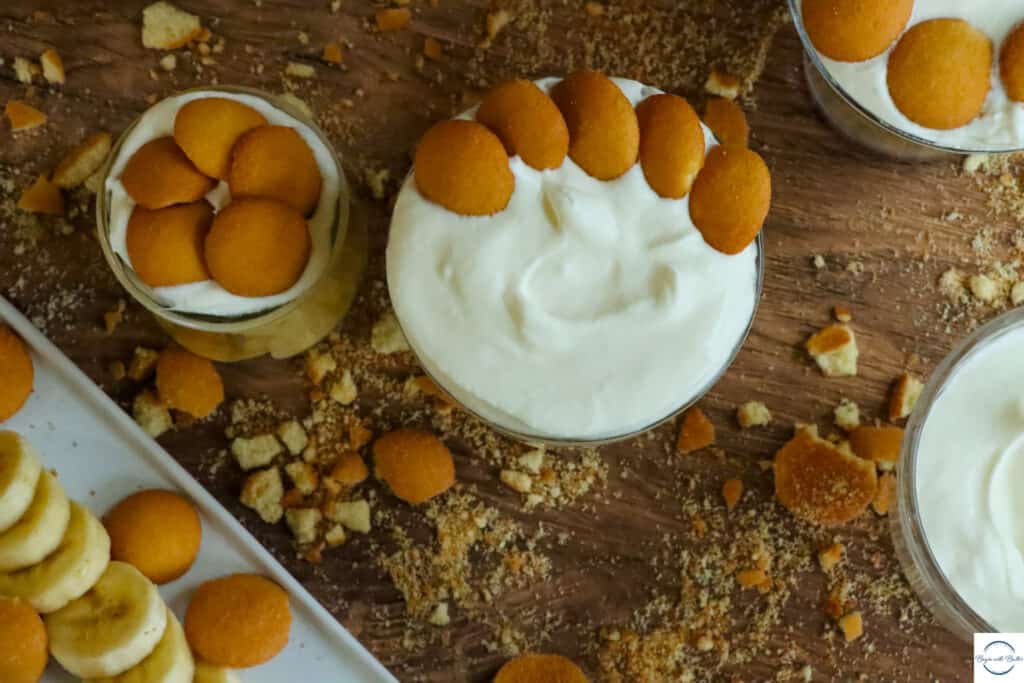
Oh, and this makes six servings, so there will be plenty for you and your beloved!
Whipped Cream: A Light Crown for a Regal Dessert
For a less complex yet equally indulgent topping, whipped cream infused with the essence of banana liqueur sits delicately beneath and atop the luxurious vanilla pudding. It’s a choice that not only lightens the dish in terms of density but also in preparation, ensuring that even those new to the culinary arts can create a dessert that’s both striking and delicious.
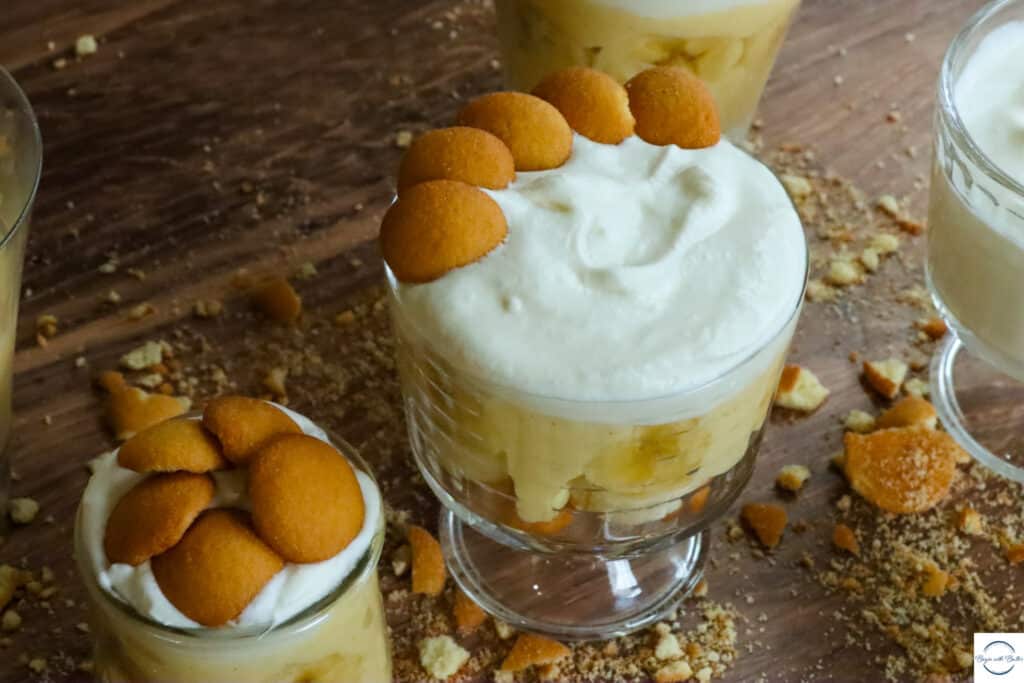
Make-Ahead Elegance, Tableside Charm
The beauty of this recipe is its flexibility—it can easily be made ahead of time, right down to the last layer of whipped cream. But for a truly special presentation, put the finishing touches on the pudding for your loved one tableside. Your guest will appreciate not only the gesture but the visual delight of watching you assemble their dessert. ::swoon::
Moments to Savor
I absolutely ADORE this recipe, Friends. I plan to 100% serve this to my husband and kiddos on Valentine’s Day this year, and am looking forward to seeing the delight on my everyone’s faces when I’ve presented this dessert at the close of our family Valentine’s Day dinner. And as any good cook knows, the sounds of contented sighs and appreciative murmurs from across the table are the best reviews you could possibly receive.

But this Easy Date Night Banana Pudding is also perfect for a romantic dinner for two. Serve it as the grand finale to a home-cooked meal or surprise your partner with it as breakfast in bed the next morning. The possibilities are endless, just like the love you share. So go on, whip up this delicious dessert and create some sweet memories with your special someone.
For an evening that feels both lavish and intimate, take on this easy recipe for a date night to remember. Whether it’s Valentine’s Day, an anniversary, or simply a spontaneous night of romance, the delicately layered banana pudding will be the perfect sweet ending to your shared meal. It’s a culinary creation that is not just about the taste, but the feelings it evokes, making it a truly wonderful expression of your love.
Crafting the Vanilla Pudding Base for this Easy Date Night Banana Pudding
Creating the vanilla pudding base is a simple yet critical part of the process. Start by combining sugar, flour, and a pinch of salt in a saucepan. Then, gradually whisk in milk, ensuring a smooth mixture devoid of lumps. The magic begins when you place the saucepan over medium heat, constantly stirring until the mixture thickens and begins to bubble slightly. Remember, patience is key here; rushing could result in a pudding that is too thick or, worse, scorched. And make sure you’re getting the corners of your saucepan!
Once the base (or “Bae” 😂 sorry) milk mixture reaches about 165°F (you can use an instant read thermometer for the best accuracy, or you can grab my favorite instant read thermometer right here), it’s time to carefully remove the vanilla bean pod and temper the egg yolks. In a separate bowl, whisk the room-temperature yolks until their color lightens. Slowly add a small amount of the hot milk mixture to the yolks while continuously whisking. This process gradually raises the temperature of the yolks, preventing them from scrambling when combined with the hot mixture.
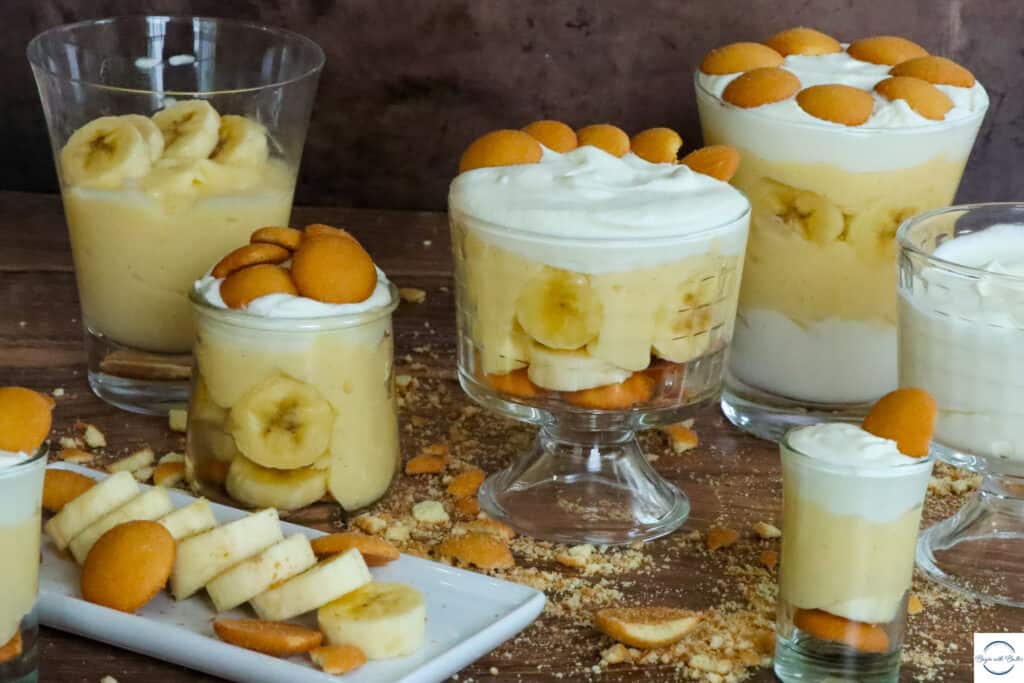
Once tempered, place a fine mesh strainer over your saucepan and then pour the yolks into the saucepan through the strainer, stirring until fully incorporated. Return the saucepan to heat until the mixture achieves a custard-like consistency.
Friends. Hear me here. Do NOT skip the fine mesh strainer. If you don’t have one, you can grab this OXO one that I love to death. The best tempering effort can leave some egg solids in your tempered egg yolks. You don’t want a single one of those egg solids in this pudding. This step guarantees smooth success with this pudding. 😊
To finish off the vanilla pudding base, remove the saucepan from heat and stir in the butter . The butter adds a rich creaminess to the vanilla pudding and is a must-have ingredient for this beautiful dessert. Once complete, place in a heat-proof bowl and place plastic wrap directly on top of the pudding to prevent a skin. Allow the pudding cool before layering with the other ingredients. Remember, the key to a gorgeous vanilla pudding base lies in careful attention to detail, patience, and, of course, love.
Crafting the Banana Liqueur-Infused Whipped Cream
Making banana liqueur-infused whipped cream is quite a simple process, and the result is a light, fluffy cream with a hint of banana flavor that perfectly complements the rich, creamy vanilla pudding. Start by pouring heavy cream and confectioner’s sugar into a chilled bowl. Beat the cream mixture until soft peaks form – this is usually best done with an electric mixer on medium speed, or you can do this with a ballon whisk and a vibe.
Once you have soft peaks, it’s time to add the whipped cream with the banana liqueur and pure vanilla extract (NOT vanilla “flavoring”). Continue to whip the mixture until it reaches stiff peaks.
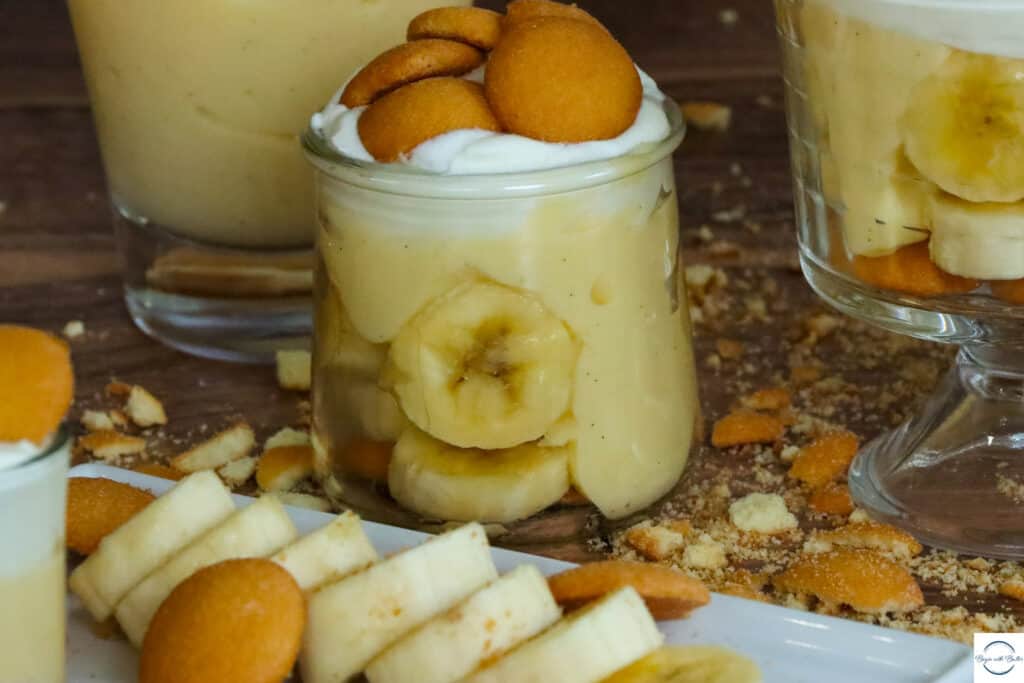
Once the liquids are fully incorporated, your banana liqueur-infused whipped cream is ready to be layered onto the pudding. This unique whipped cream not only adds a crowning touch to the pudding but also enhances the overall banana flavor of the dish.
Building the Individual Banana Puddings
Creating individual servings of banana pudding enhances the personal touch of this delightful dessert. Begin by selecting small, clear glass serving dishes that showcase the appealing layers. Start by placing a layer of the vanilla wafers at the bottom of each dish. Next, spoon a small amount of whipped cream over the Nila wafers.
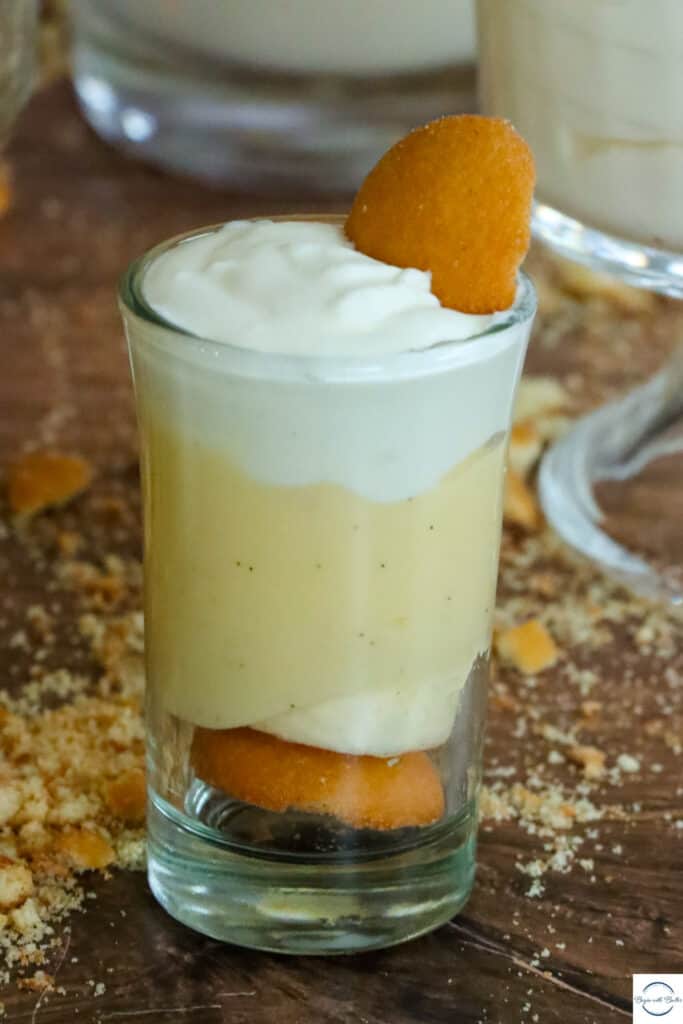
After the wafers and the whipped cream comes the good part. Place banana slices around the sides of your glass dish, and then add a generous amount of the cooled vanilla pudding to the dessert cup, ensuring that the bananas are completely covered. Finally, add a lavish amount of the banana liqueur-infused whipped cream to the top of the dish. Garnish each pudding with a few additional wafers or banana slices. Remember, the ultimate goal is not just taste but also a visually stunning dish. Create with love, serve with pride.
This Dessert: A Symphony of Contrasts
I sincerely hope you will love this dessert as much as I do. It’s an elevated take on a traditional favorite, infusing it with a sense of nostalgia that transports you back to simpler times. The harmony of sweetness and decadence in this dessert is unparalleled, creating an indulgent treat that is just the right amount of rich. But perhaps its most intriguing quality is its inherent dichotomy. It’s a platonic dessert — simple, unpretentious, and homely — yet there’s an undeniably sexy appeal to it, a subtle allure that lies in its layers, textures, and flavors. It’s a dessert that tells a story, a sweet tale that unfolds with each bite. Enjoy this symphony of contrasts, and may it add a dash of sweetness and a hint of allure to your special moments.
Happy Valentine’s Day/Date Night/Galentine’s Day/Sunday brunch/Any occasion really! ❤️
Print
Easy Date Night Banana Pudding
Savor a classic comfort dessert elevated—my Date Night Banana Pudding marries rich vanilla pudding, banana liqueur whipped cream, and love in every spoonful.
- Total Time: 0 hours
- Yield: 6 servings 1x
Ingredients
For the Pudding:
- 750 g (3 c) milk
- 200 g (1 c) granulated sugar
- 43 g (1/3 c) all-purpose flour
- 1/2 tsp salt
- 4 egg yolks, room temperature
- 2 tbsp butter, room temperature
- 1 vanilla bean pod
- Bananas
- Nilla wafers
For the Banana Liqueur Whipped Cream:
- 500 g (2 c) heavy cream, cold
- 120 g (1 c) confectioner’s sugar
- Pinch fine salt
- 1 tbsp banana extract or banana liqueur
- 1 tsp pure vanilla extract
Instructions
To Make the Pudding:
- Combine the egg yolks together in a small bowl until they make a cohesive mixture and are lighter in color. Set aside.
- Carefully slice the vanilla bean pod down the middle and scrape out the vanilla beans.
- Add the sugar, flour, vanilla beans, and salt to the bottom of a large saucepan. Whisk to combine.
- Turn on the heat to medium and slowly stream in the milk, whisking constantly. Add the vanilla bean pod. Continue to whisk as the mixture heats to a simmer. Make sure to whisk the corners of the saucepan.
- Once the mixture gets to 160°F (or just before it starts to simmer), slowly add 1/4 c of the milk mixture to the egg yolks in a slow stream, whisking constantly, to temper the egg yolks.
- Remove the vanilla bean pod, then strain the tempered egg/milk mixture back to the rest of the milk mixture using a fine mesh strainer (like this one) to catch any errant egg pieces, and continue to whisk the mixture as it thickens. This will start to happen very quickly at this point.
- Once the pudding coats the back of a spoon, remove from the heat and add the butter. Stir until the butter is fully incorporated and the mixture is smooth.
- Place the pudding in a large heat-resistant glass bowl and place plastic wrap directly over the pudding to avoid a skin. Place in the refrigerator for 4 hours, or up to overnight, before building the final banana pudding. The pudding will thicken as it cools.
To Make the Banana Liqueur-Infused Whipped Cream:
- Add the confectioner’s sugar, salt, and heavy cream to the chilled bowl of a stand mixer, or a large, chilled mixing bowl. Stir gently to combine.
- Starting on low speed, mix the milk mixture until it starts to thicken slightly. Increase the speed of the mixer gradually, making sure not to spray the mixture everywhere.
- Once the mixture reaches soft peaks, add the banana liqueur (if using) and the pure vanilla extract. Mix on high speed until the mixture reaches stiff peaks.
To Build the Banana Pudding:
- Use small, clear dessert dishes (like these!) to build the banana pudding.
- Place a layer of Nilla wafers at the bottom of the dish.
- Spoon a small layer of whipped cream over the Nilla wafers.
- Place banana slices around the glass dish, then place a generous amount of the cooled banana pudding in the dessert cup. Make sure to completely cover the bananas with the vanilla pudding!
- Add another, thicker layer of whipped cream to the top of the banana pudding.Add a few additional mini Nilla wafers to the top of the dessert for garnish, and enjoy!
Notes
- These can be made up to two days ahead. However, you’ll want to put the Nilla Wafers on right before serving.
- Prep Time: 10 minutes
- Chill Time: 4-24 hours
- Cook Time: 20 minutes


